Born and raised in a family with a rich revolutionary and studious tradition, after graduating from high school, Mr. Quach Van Sen passed the entrance exam to Can Tho University, majoring in aquaculture. After 4 years, he graduated with an engineering degree, but due to his single circumstances, he returned to his hometown to help his family.
Keeping in mind Uncle Ho's teachings on agricultural development, he boldly applied the knowledge he acquired from university to practice at home. In the past, the situation of "good harvest, low price" has become an endless refrain, a concern for all farmers who make a living from farming. To effectively exploit the potential and strengths of the intertwined freshwater and saline ecosystem, combined with responding to climate change and avoiding unstable product output, Mr. Sen decided to choose a new direction with a model of multiple trees and multiple animals on the same area.
“If during the production process, unfortunately, the weather is extreme, the crops grow poorly, and the yield is not as expected, we will still have aquaculture to compensate, without affecting income. Monoculture production always has potential risks and losses due to weather factors and market prices,” Mr. Sen shared.
He has arranged more than 4 hectares of aquaculture land into 2 separate production areas, including 2 hectares of coconut plantations, combined with keeping the water fresh and taking advantage of the garden ditches to raise snakehead fish. To save on investment costs for fish fry, at the beginning of the rainy season, the salinity in the shrimp pond decreases, he releases the parent snakehead fish into the shrimp pond to reproduce and find food on their own. In the dry season, the salinity in the shrimp pond begins to increase, he collects the parent fish and the young snakehead fish outside the shrimp pond and puts them in the coconut garden ditch, at the same time classifying the fish by weight and raising them separately for easy care. With nearly 1,000 m2 of garden ditch water surface, snakehead fish are raised in quite large quantities, harvested almost all year round, the fish price on the market is stable at 350-370 thousand VND/kg, sometimes even increasing to more than 500 thousand VND/kg, helping the family have a significant source of income.

The model of raising snakehead fish of Mr. Quach Van Sen's household (inside) gives high economic efficiency.
Mr. Sen has promoted the application of science and technology in 2 hectares of shrimp ponds, arranged to grow one rice crop during the rainy season with the best quality rice varieties available today, creating a commercial rice product that can be sold at a high price, increasing family income and combining two crops of improved extensive black tiger shrimp farming in two stages. He bought quality black tiger shrimp breeds to raise at home, when the shrimp were about 20 days old, they were released into the shrimp ponds, with an average density of 1 shrimp/m2, periodically using biological products to improve the environment and help the stubble in the shrimp ponds to decompose quickly, creating a source of organic fertilizer to regenerate a natural food source for farmed shrimp. In particular, during the entire shrimp farming process, absolutely do not take water from the river to supplement the shrimp ponds, preventing external pathogens from entering and causing diseases that affect the farmed shrimp. This innovative method helps shrimp grow quickly. After only 50 days of raising, the shrimp reach an average weight of 40 shrimp/kg. He continues to take care of them until they reach their maximum weight. They will then harvest them en masse and restock them for a new crop.

Mr. Quach Van Sen successfully applied the improved 2-phase extensive shrimp farming technique.
In addition, Mr. Sen also takes advantage of the shrimp pond to grow more than 3,000 coconut trees for their roots. On average, each coconut root costs 100,000 VND. Immediately after harvesting, he plants new ones to harvest year-round.
With a multi-crop, multi-animal model, Mr. Quach Van Sen's household has an average annual income of more than 500 million VND. For many years, Mr. Sen has maintained the title of Good Farmer in Production and Business at the provincial level.
Mr. Nguyen Duy Hung, Vice Chairman of Hung My Commune People's Committee, said: "The multi-tree, multi-animal model of Mr. Quach Van Sen's household is a sustainable production model, bringing high economic efficiency. In the coming time, the commune will organize for farmers in the commune to visit and learn experiences to apply in practice at households to develop the multi-tree, multi-animal model on the same area"./.
Viet Tien
Source: https://baocamau.vn/ap-dung-ky-thuat-de-nang-cao-hieu-qua-san-xuat-a38504.html



![[Photo] Readers line up to visit the photo exhibition and receive a special publication commemorating the 135th birthday of President Ho Chi Minh at Nhan Dan Newspaper](https://vphoto.vietnam.vn/thumb/1200x675/vietnam/resource/IMAGE/2025/5/17/85b3197fc6bd43e6a9ee4db15101005b)
![[Photo] More than 17,000 candidates participate in the 2025 SPT Competency Assessment Test of Hanoi National University of Education](https://vphoto.vietnam.vn/thumb/1200x675/vietnam/resource/IMAGE/2025/5/17/e538d9a1636c407cbb211b314e6303fd)

![[Photo] Prime Minister Pham Minh Chinh chairs meeting on science and technology development](https://vphoto.vietnam.vn/thumb/1200x675/vietnam/resource/IMAGE/2025/5/17/ae80dd74c384439789b12013c738a045)



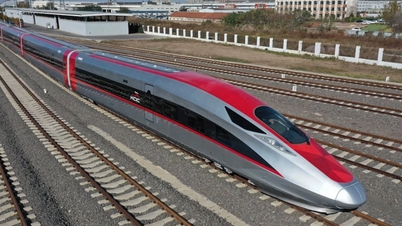



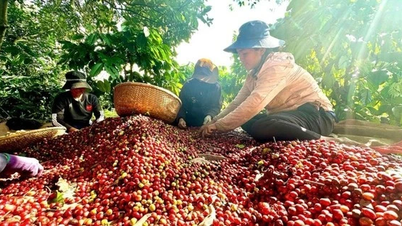



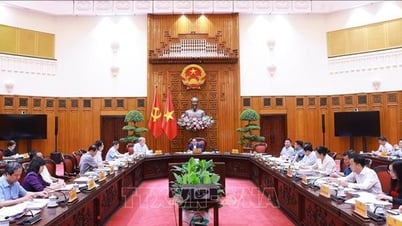








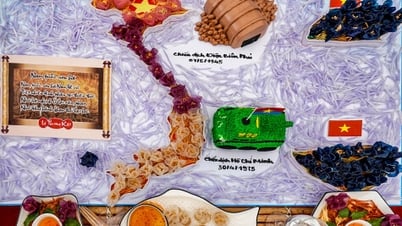
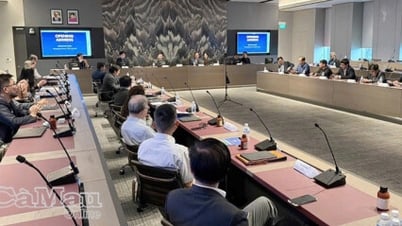
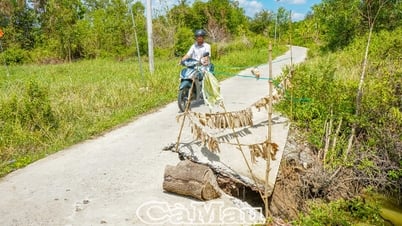
![[Photo] Nearly 3,000 students moved by stories about soldiers](https://vphoto.vietnam.vn/thumb/1200x675/vietnam/resource/IMAGE/2025/5/17/21da57c8241e42438b423eaa37215e0e)


























































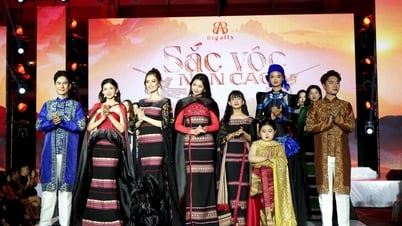











Comment (0)